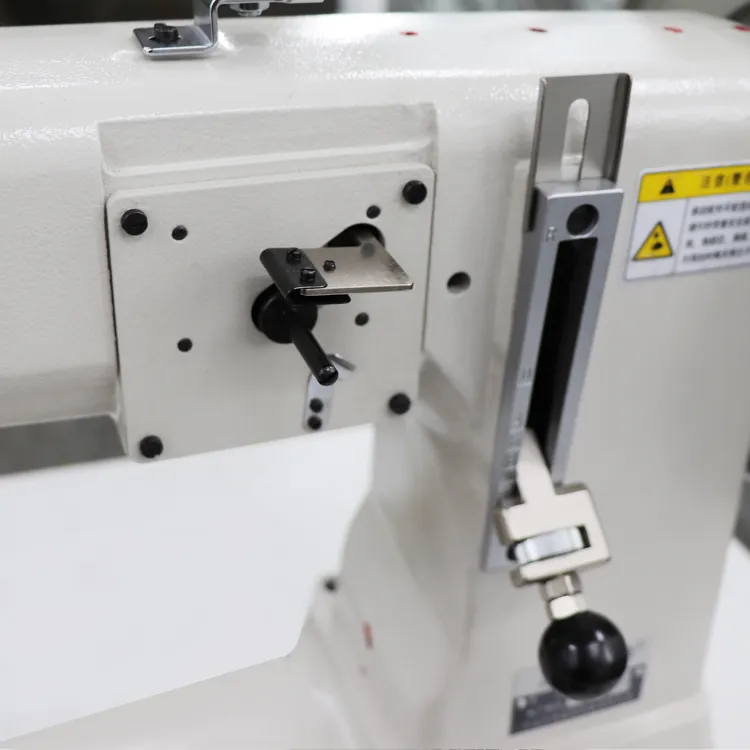fibc safety sewing
Safety Sewing for FIBC Ensuring Quality and Reliability
When it comes to the manufacturing of Flexible Intermediate Bulk Containers (FIBC), also known as bulk bags, the importance of safety sewing cannot be overstated. These bags, constructed primarily from woven fabric, are designed to hold a variety of materials, from agricultural products to chemicals. Due to their critical role in the supply chain and the various hazards associated with transporting bulk materials, ensuring the integrity of FIBC through proper sewing techniques is paramount.
Understanding FIBC
FIBCs are large, flexible containers that can hold significant weights, often exceeding 1,000 kilograms (about 2,200 pounds). They are widely used in industries such as food, pharmaceuticals, construction, and chemicals due to their versatility and efficiency. However, with great capacity comes great responsibility, particularly when it comes to the safety of the end-user and the goods being transported. The sewing techniques employed in the manufacturing process directly influence the performance, safety, and compliance of the FIBC.
Importance of Safety Sewing
Safety sewing methodologies are integral to the production of FIBCs. The primary goal is to create seams that can withstand the considerable stresses encountered during storage and transport. Poor sewing can lead to seam failures, resulting in spills, contamination, and significant financial losses. Moreover, the repercussions of such failures can extend beyond financial damage, potentially leading to injuries and harmful environmental impacts.
To mitigate these risks, manufacturers must adhere to stringent sewing standards. This includes the use of high-quality thread, appropriate needle sizes, and advanced sewing techniques designed for strength and durability. Furthermore, the sewing process itself should be closely monitored to ensure that it meets the required specifications.
Techniques for Safe Sewing
fibc safety sewing

1. Material Selection The choice of materials is crucial. High-tenacity polypropylene is commonly used for FIBC due to its strength and resistance to various chemicals. Using robust fabric along with strong, moisture-resistant threads is essential for ensuring the durability of the seams.
2. Sewing Methodology There are various sewing methods employed, such as lock stitching and chain stitching. Lock stitching is preferred for its strength; it creates interlocking loops that can bear significant weight. Chain stitching, while more elastic, may be used in less critical areas. Understanding when to utilize each method is key.
3. Seam Configuration The configuration of the seams can also affect safety and durability. Utilization of double or reinforced seams enhances strength, providing additional layers of security against potential ruptures. Proper seam allowances should be maintained to ensure that the fabric does not fray or weaken over time.
4. Quality Control Implementing rigorous quality control measures during the sewing process is vital. This can include regular inspections and testing of samples to ensure they meet industry standards such as ASTM or ISO certifications. Automated sewing machines equipped with monitoring features can enhance precision and reduce the risk of human error.
5. Operator Training Ensuring that operators are well-trained in both the sewing techniques and the specific requirements for FIBC production is essential. Continuous education and training programs can help operators stay informed of the latest manufacturing practices and safety standards.
Conclusion
In conclusion, safety sewing is a cornerstone of FIBC production, crucial for ensuring the reliability and safety of these essential containers. With a thorough understanding of the materials, sewing techniques, seam configurations, quality control practices, and operator training, manufacturers can produce FIBCs that not only meet the demands of the market but also uphold the highest safety standards.
The commitment to safety sewing ultimately reflects a manufacturer’s broader dedication to quality and reliability, ensuring that bulk materials can be transported without the risk of failure. As industries continue to evolve and global supply chains become more interconnected, the importance of safe, high-quality FIBC will only grow, making safety sewing an indispensable element of FIBC manufacturing. By investing in proper sewing practices, manufacturers can protect their products, their customers, and the environment, fostering a safer and more reliable world of bulk material handling.
-
Industrial Cylinder Arm Sewing Machine: Revolutionizing Heavy-Duty SewingNewsJul.28,2025
-
Cylinder Arm Sewing Machine: Perfect for Special Sewing ApplicationsNewsJul.28,2025
-
Cylinder Bed Sewing Machine: Essential for Sewing Complex MaterialsNewsJul.28,2025
-
Heavy Duty Sewing Machine: The Essential Tool for Industrial ApplicationsNewsJul.28,2025
-
Computerized Pattern Sewing Machine: Revolutionizing Precision StitchingNewsJul.28,2025
-
Heavy Duty Industrial Sewing Machine: Power Meets PrecisionNewsJul.28,2025
-
Leather Sewing Machine: The Industrial Standard for Tough MaterialsNewsJul.18,2025





























